Signature engraved under the base "Schneider in Paris, France". This model was intended for export, which is why it bears the mention "France". Note some scratches from use on the bottom of the bucket.
Period between 1950 and 1960.
Dimensions: H 21 x W 25 cm, diam: 19 and 13 cm
****
I manage for you the delivery in France as well as internationally. The shipping methods depend on the delivery address, do not hesitate to contact me to know its amount and prepare its organization. I pay particular attention to the protection and packaging of each art object.
The Schneider crystal factory
After the Second World War, Charles Schneider encouraged his eldest son, Charles Junior, to build a new glassworks. An engineer by training, he filed a building permit in 1947, accompanied by plans, for the installation of a crystal factory on the family land in Epinay sur Seine.
The establishment was created in 1950 under the name of Cristalleries Schneider and Robert-Henri Schneider, Charles's second son, who, like his father, had followed an artistic training, was promoted to artistic director. Alongside his father, who was still involved in the early years of the crystal factory's activity, Robert-Henri Schneider created vases and bowls with thick walls, irregularly bubbled, and sometimes tinted blue or speckled black.
The aesthetic of the 1950s was very different from that of the Art Deco of the interwar period. Crystal replaced glass: bright and contrasting colors gave way to the absence of color. Free-blown crystal was gradually stretched.
Beyond traditional forms, Robert-Henri Schneider also created original lines of candlesticks, clocks and animals.
In 1957, a gas explosion led to the destruction of the crystal factory.
Four years later, the company was transferred to Lorris in the Loiret. In addition to producing decorative pieces, the crystal factory also produced gobletware. Alongside these activities, Robert-Henri Schneider also created a number of unique pieces, which heralded the free and spontaneous creation of the first independent French workshops. He retired from the crystal factory in 1977, and his older brother, Charles Junior, closed the factory permanently in 1981.



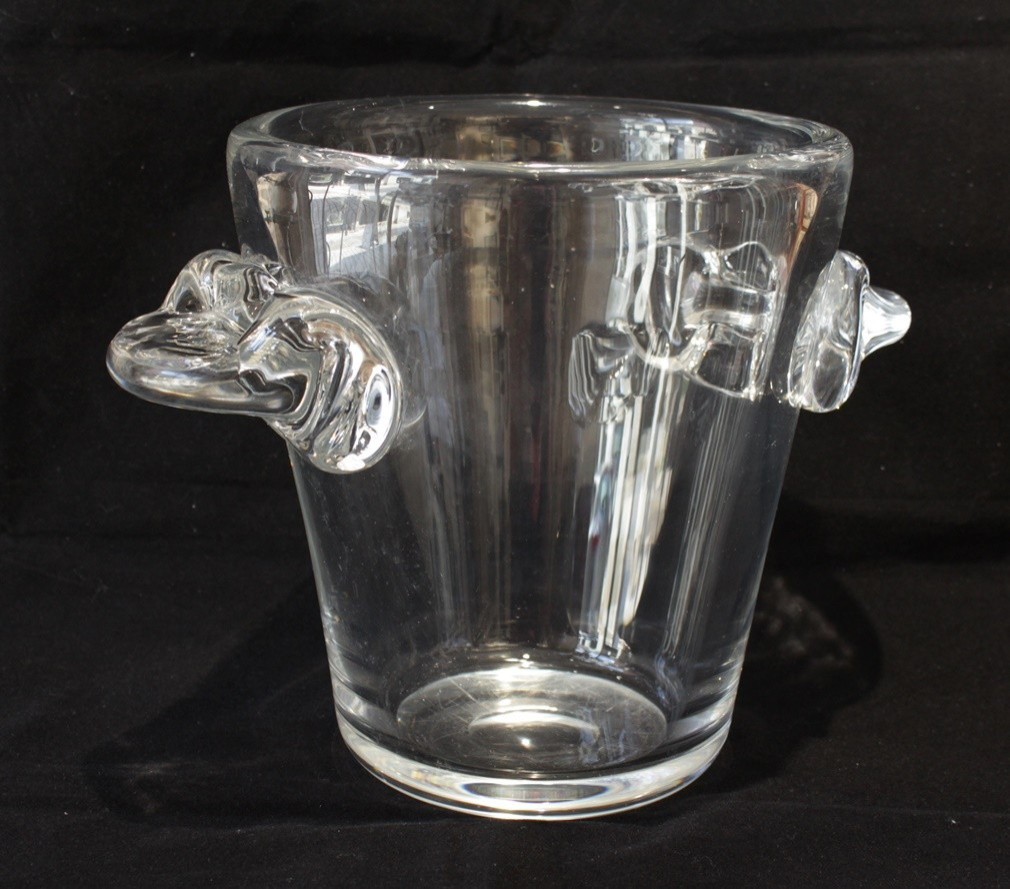




















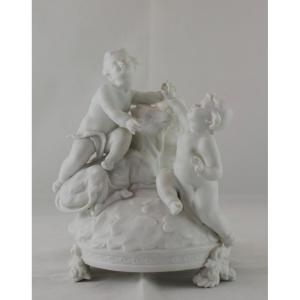

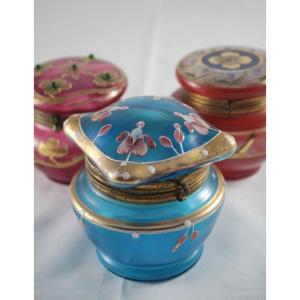





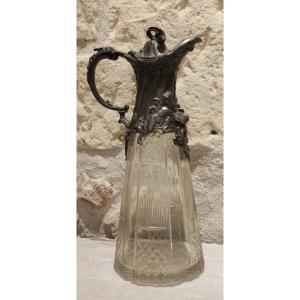

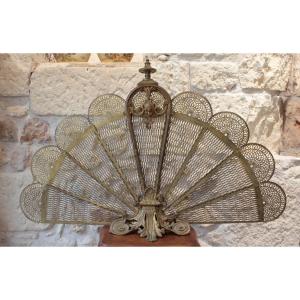
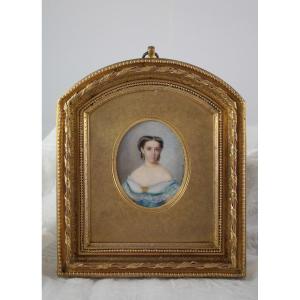


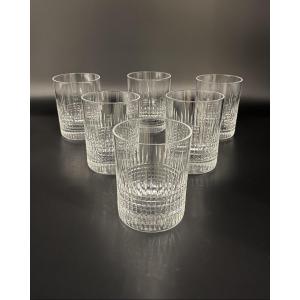


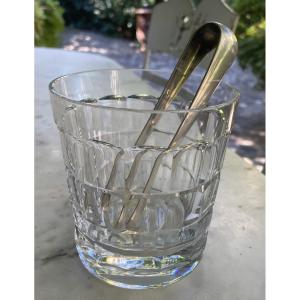
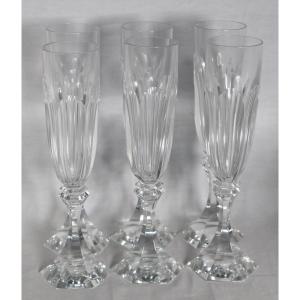



 Le Magazine de PROANTIC
Le Magazine de PROANTIC TRÉSORS Magazine
TRÉSORS Magazine Rivista Artiquariato
Rivista Artiquariato